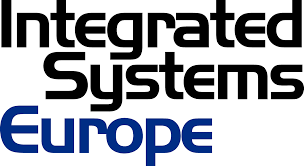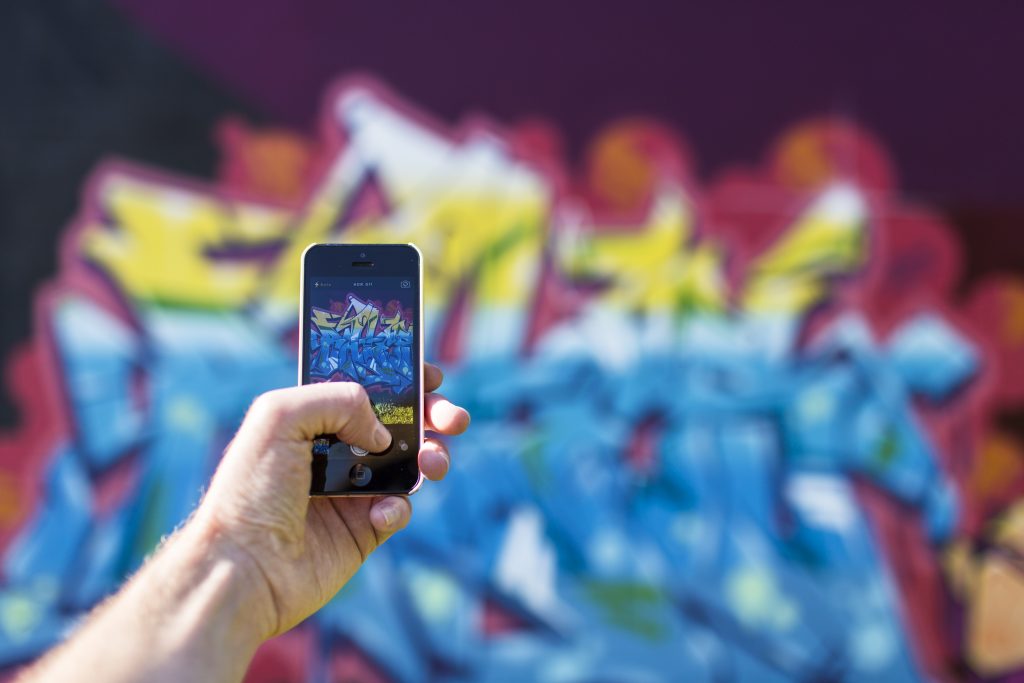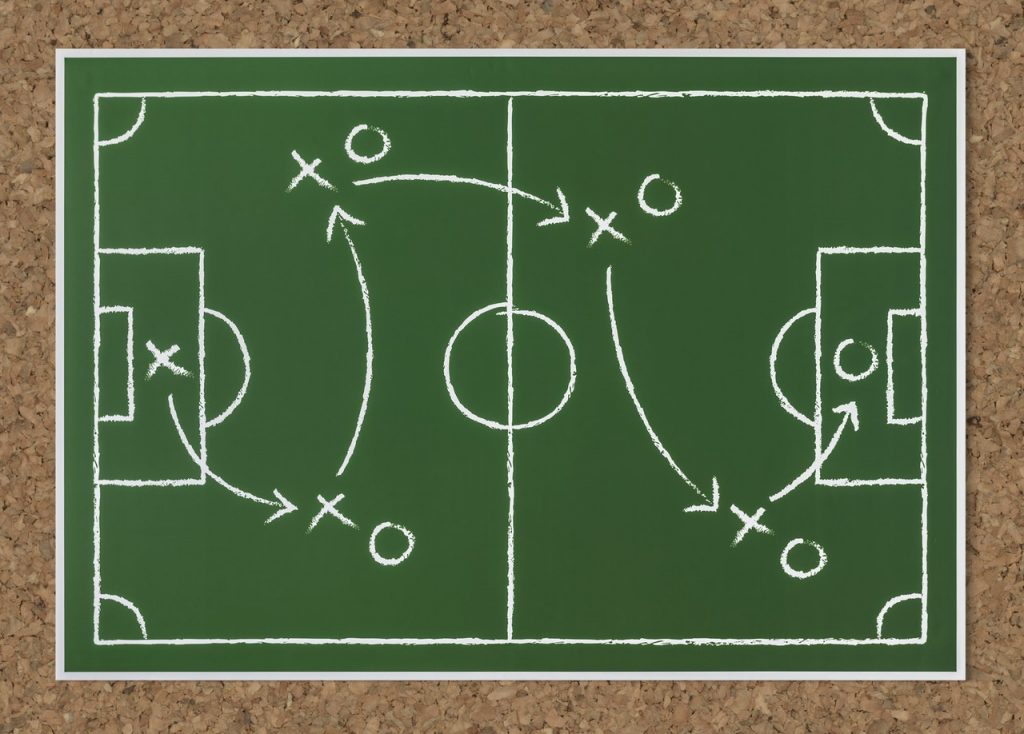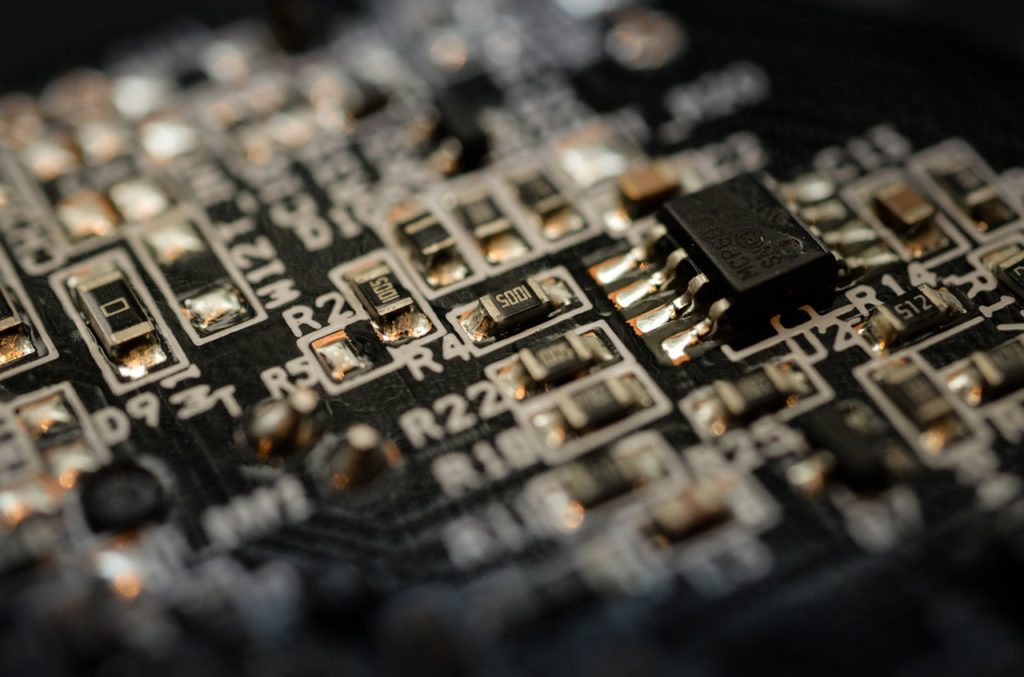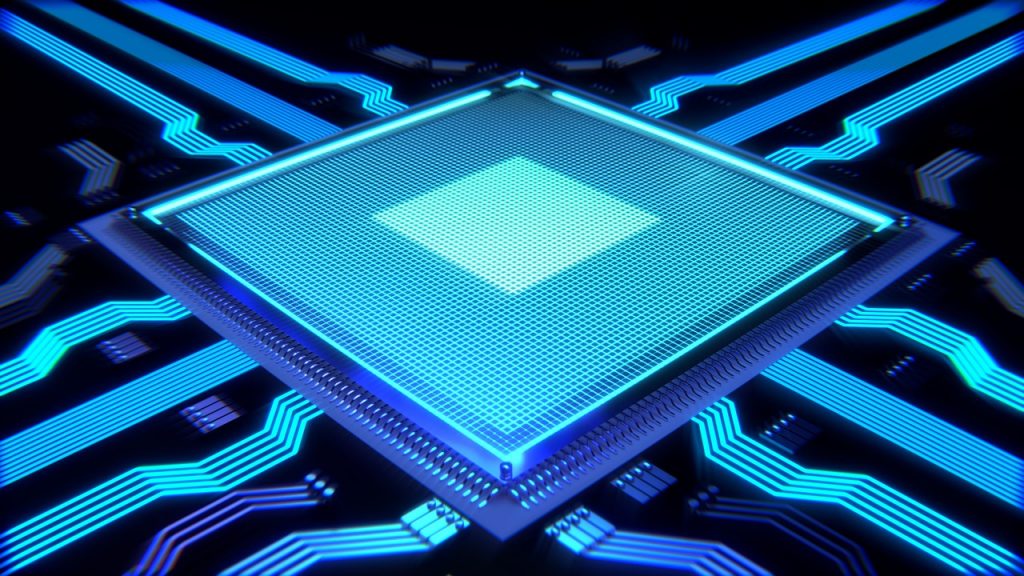DIGITAL SIGNAGE IN A POST COVID-19 WORLD

As I write this, the Coronavirus pandemic in full swing and the whole world is waiting for infection numbers to start coming down. Every economic sector has been affected and the outlook looks bleak, at least in the short to near term. So what’s to come of digital signage once people are allowed to venture out?
Well, let’s take a look at what we can expect in the months ahead…
The new normal – interactive applications
Businesses that rely on touch screens will need to make some changes due to the public’s heightened awareness of the health risks associated to surface borne pathogens. This will certainly apply to many quick service restaurants that feature customer ordering kiosks. This will also impact wayfinding kiosks usually found in airports and shopping malls.
The new normal means all public touch screens will require some form of anti-bacterial coating to prevent the transmission of viruses like Covid-19. In the wake of this pandemic, you can expect health officials to develop new regulations that will mandate all publicly accessible surfaces to be properly sanitized. There are special antibacterial cleaning supplies and protective films that already exist. A quick Google search will find plenty of information about these products so if your business uses touch screens, you should start reading up on this.
By the way, I also predict lots of folks will start talking about motion sensing and voice control technologies in the months ahead. Think Alexa or Google Assistant for digital signage. The use of non-touch technologies for interactive applications will surge as a large portion of the public becomes less interested in touching a screen that might have been exposed to harmful viruses and bacteria. This could be a game-changer for interactive solutions.
What about digital signage?
Digital signage has proven itself to be very useful in situations where content needs to change quickly and often. It’s been especially useful in keeping travellers informed in public venues like airports, train stations and other similar locations. In my opinion, digital signage will continue to be useful wherever there is an audience, regardless of its size.
Public venues
While most public venues have been shut down, there is still a need for targeted content in locations that have been allowed to remain open. Take grocery stores, pharmacies and hospitals. Digital signage will continue to be used for queue management, information broadcasting and wayfinding. It’s especially true in cases where there may be limited staff available to assist, or where important notices must be displayed to the widest possible audience.
LED Billboards
Travel may be severely limited but roadside LED billboards have played an important role during this crisis by providing another communication channel for health and government officials. While road traffic may not fully bounce back for weeks or months, it’s clear LED billboards will continue to be extremely useful in a post-Covid-19 world. They will surely be put to good use by healthcare agencies as they engage with the public in the weeks and months ahead.
Retail digital signage
Retail chains have been quick to adapt to our new reality by offering curbside pick up of online orders. In the current scenario, shoppers are sent a confirmation email so they know when their order is ready. Next, they drive out to the store, park in a designated pick-up spot and phone the store to let them know they are ready to receive their order. An employee is then dispatched to the customer’s car with their order. This service is offered by many restaurants (not just QSRs), grocery stores and general merchandise stores.
While the idea certainly has merit, the entire process and customer experience could be improved with some common digital signage technologies.
For example, you could replace the static sign at the designated pick up spot with a digital signage screen that would provide useful information and real-time messages from store staff. Beacons and mobile apps could also be used to detect when the customer arrives and where he parked, triggering a notification message to initiate delivery.
Hospitality and travel industries
To say these sectors have been devastated is an understatement. If these industries are to bounce back, they must to improve their health and safety practices and then communicate these changes in a timely manner.
Travelers and guests will want to know what actions are being taken to safeguard their health and this is where digital signage can help by delivering updated information in real-time in hotel lobbies, waiting areas and other common spaces where people congregate.
There will also be a need to keep staff members up do date on the latest health and safety standards, with an emphasis on preventing the spread of harmful biological agents.
These are but a few examples of the role digital signage can play once the Covid-19 situation is behind us and life resumes for everyone.
Stay safe everyone!
